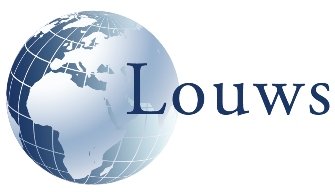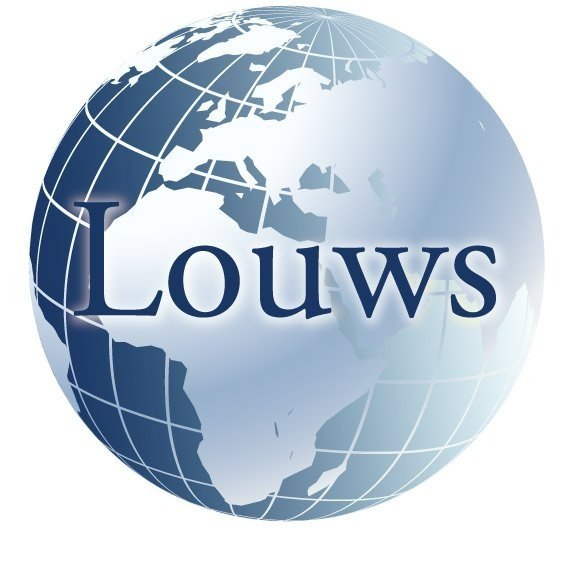Keeping a Brands Positioning from failing - Part 2
Solution #3: Avoid frequently changing the positioning.
A brand’s meaning, too frequently changed by companies trying to be different, more competitive or contemporary, can easily result in brands then fightng to play catch up.
Maytag, 30 years later, is still about dependability, albeit they were taken over by the Whirlpool company in 2006.
Volvo, who first introduced its laminated glass as far back as 1944 in its PV444 model, still today represents Safety.
When Volvo introduced their upscale and elegant 455hp S90 sedan, a direct competitor to the Mercedes 463hp S550 and BMW’s 456 hp M550, they could easily have advertised its speed on a track or shown its incredible cornering ability with smoking tires, an age old advertising technique called puffery.
Instead, staying true to their saftey positioning, they chose to show a couple dressed to the 9’s escaping the crushing blow of a falling grand piano at the base of a NYC brownstone using the car’s incredible power of acceleration.
Acceleration = keeps you safe vs. acceleration = excitement.
On the other hand, what singular concept pops to mind when you think of American Airlines, Chevrolet or even iconic brands like Starbucks who most appeals to Millennials and Gen Z’s or Kleenex, whose brand was once synonymous with all tissues.
Notice how a single brand concept does not jump out as easily.
Not surprising, for in the case of Starbucks, its original positioning was we sell more than coffee to today’s, Authentic Coffee, Great Experience and Quicker Delivery, with three logo changes over the past 50+ years.
When it comes to Brand Positioning a lot can be said for consistency. It’s this consistency that’s most inconsistent by marketers, who commonly justify their changes with words like “evolving the brand” especially on the heels of a new Marketing Director needing to get their own stamp onto the records.
Budweiser’s recent use of transgender activist Dylan Mulvaney and the resultant outcry and ensuing loss of roughly $5,000,000,000 in Anheuser-Busch’s value, is a classic modern day example of this brand’s “evolution” catering to a new cultural zeitgeist despite the obvious clash with the inherent values of its predominant middle-class loyalist customer base.
On the other hand, the Brand positioning of Coke, McDonald’s, Nike and Apple were never evolved. They stayed true to who they had become and instead advertised relevantly and in sync with and to the majority of their evolving audiences.
As we all know, there are exceptions to the rule!
What if your brand’s positioning (meaning) has become irrelevant or apathetic to your evolving customer base?
Harley Davidson almost went bankrupt in 1985, with a debt load of $90 Million. It had become known as an unreliable gang member bike. This changed to the bike for the professional who wants to appear bad but really isn’t, resulting in global sales of just over $1,000,000,000 today.
McDonald’s lost it way with its “super-size me” campaign which had nothing to do with its original 1955 customer lead position of “Low-Priced, Quality Hamburger with Quicker Delivery”. They are now on their path to recovery started with the brand positioning of “I’m loving it” and the more recent “what we’re made of” campaigns which have repositioned them as a more health-conscious quick service option.
Results? 29% increase in revenue in 2021 over 2020 and currently 7.9% increase YOY.
Solution #4: Make the brand’s positioning prominent in all creative, project and business briefs - one of the most frequent omissions - and ensure it’s conspicuously displayed early on in the brief.
Make it pithy, avoiding long-winded explanations of what the positioning means.
I remember back to one of my first jobs in publishing where the publisher said, “If you can’t say it in under 10 words, don’t!”
This only allows for others’ “interpretations” of the positioning to creep in. You’ve heard of project creep. Well likewise, verbosity is positioning’s creep.
BMW = A Driver’s car.
Vegas = Fun.
The Last Words
Keep the brand’s positioning pithy!
Evolve it without losing the equity already built with one’s core audiences.
Retain the brand’s position unless it’s become a burden.
Thanks to all who have enjoyed these pay if forward blogs over the past 17 months.
We’re taking a short break to collect additional materials from our archives and hope to have more tidbits available by later this summer.


